Category Archives: Teacher resources Level 3
How to read a Japanese clock.
The Japanese clock works exactly the same as any other western clock, so the only thing that needs to be learnt is how to pronounce the words.
The reason why 4 and 9 are red is because these times have a slightly different pronunciation from what you would have expected.
The first bit is actually quite straight forward. It is a direct translation into Japanese. One has the choice to write the word in numbers with hiragana, or with kanji and hiragana. These days one can even find clocks that have the hour digits in kanji, just like the clock below. It’s a gimmick.
The second part of the clock reading skill is the minutes reading. At this stage we have only added the five-minute lots.
The only other mention would have to be that there is no word for quarter of an hour, only the word for ’15 minutes’. One could also describe the quarter of an hour time span before the whole hour as ‘so many minutes before’ the whole hour – just like in English. Don’t forget the word 前 まえ mae meaning before.
Particle Train Teaching Resource
This is a teacher resource you may use for explaining Japanese particles and Japanese sentence structure.
It can be a mission to explain to students that the Japanese language uses a system of particles to show meaning. Other languages use different systems.
The next step is to explain to students how many particles there are and what each particle means within a sentence.
Link to list of particles.
A particle in a Japanese sentence has the function of showing “the purpose” of that part of the sentence. Therefore if you swap parts within a sentence, the particle moves with the noun.
We use the following way to demonstrate what the pattern of a Japanese sentence is by comparing each sentence with an extended train. Each noun or each part of speech is like a train carriage. Each carriage has a main purpose and each carriage has a sign on the outside to mark that purpose to the boarding passengers. You move the carriage, you move the sign on the outside.
On one carriage it would have the sign dining car, on another first class seating, on another baggage, on another sleeping compartments.
Next, we explain that there is a natural order in a train setup. For instance, luggage is not between the seating and the dining cars, because passengers would be clambering over luggage etc.
In order to demonstrate this sentence pattern idea, we made the following props for our classroom; here are the display parts you need to make:
Cut about seven plastic display folders up, so you end up with seven rectangular sheets. At the end you need to glue enough magnets to the back of each sheet to hold it onto a metallic whiteboard for display.

Cut a rectangular square in each sheet as shown below, so that you have the idea of an empty picture frame.
Glue a magnet on the right-hand side of the frame. Use double-sided tape for that purpose.
(One could also use Velcro dots, if magnets are not available). We chose the black dot magnet on the right-hand side, because the particle follows the noun. Our train travels to the left and the engine is a PUSH engine (=verb is at the end).
Next, print off the particle buttons below, which would give a good colour and usage spread for your resource.
A good idea is to laminate each page before cutting out and gluing on the magnets, or the Velcro dots. As the large frames are already plastic, you don’t need to laminate those ones.
Here are the basic frame patterns:
If you would like to be more sophisticated, you could add two more buttons to the frames: one could be a grammatical label, or you could also add rōmaji buttons, if your students need these.
Next, you need to cut out the buttons after you laminated them, then you stick on another magnet, or perhaps a piece of metal. No idea where you would find that, but have a deep think.
We have found in the past that advertising fridge magnets were quite suitable. Of course you don’t have to make it all so sturdy, but if it is sturdy you can use the resource many times. These plastic covers are very sturdy and colourful, so easy to see for students.
If you don’t want to use these materials, please feel free to change according to your own requirements.
Here is an example:
The clearer the label on the outside of the carriage, the quicker the passengers can get on, the less hassle there is.
がんばって!Enjoy!
We are still on the look-out for plastic that is less transparent. We find the advertisement magnets annoying (though they are cheap). We just need a better plastic frame.
Now we look at the photos it suddenly has begun to annoy us. The transparent red frame is distracting. So we set out to change it. Here is the updated version.
One could call it a cottage industry…
If you use rōmaji, probably a good idea to use the same colours for the same meaning.
We already have a box full of pictures with Japanese words underneath. Lining them up on the whiteboard means, that students can participate in sentence construction. They focus on the picture and the pattern and not on the actual writing.
When your students are ready, you can take the pictures out and write in the rectangular space. Like so. Now you can make as many sentences as you like, but more importantly, your students can make almost any sentence they want. It is interactive and creative.
Beautiful colours きれいないろ
Koi colour こいの いろ koi no iro
Big, large 大きい おおきい
311 Do, did, don’t, didn’t ます、ました、ません、ませんでした
305 Colours II 色 いろ
310 Time 時間 じかん
310 Clocks 時計 とけい
いちじ ごふん
ichiji-gofun
いちじ よんじゅうごふん
ichiji-jūgofun
いちじ ごじゅっぷん
ichiji-gojuppun
いちじ ごじゅうごふん
ichiji-gojūgofun
さんじ はん
sanji-han
にじ よんじゅっぷん
niji-yonjuppun
さんじ にじゅっぷん まえ
sanji-nijuppun–mae
にじ ごじゅっぷん
niji-gojuppun
よじ じゅうごふん
yoji-jūgofun
よじ さんじゅうごふん
yoji-sanjūgofun
よじ ごじゅっぷん
yoji-gojuppun
ろくじ さんじゅうごふん
rokuji-sanjūgofun
はちじ
hachiji
The saddest clock in Japan – the Hiroshima Watch
はちじ じゅうごふん
hachiji-jūgofun
はちじ にじゅっぷん
hachiji-nijuppun
はちじ はん
hachiji-han
はちじ よんじゅうごふん
hachiji-yonjūgofun
くじ よんじゅっぷん
kuji-yonjuppun
じゅうじ きゅうふん
jūji-kyūfun
じゅうじ じゅっぷん
jūji-juppun
じゅうじ じゅうはちふん
jūji–jūhachifun
じゅういちじ さんじゅうごふん
jūichiji-sanjūgofun
じゅういちじ よんじゅうごふん
jūichiji-yonjūgofun
じゅういちじ ごじゅうごふん
jūichiji-gojūgofun
じゅうにじ
jūniji
じゅうにじ にじゅっぷん
jūniji-nijuppun
じゅうにじ にじゅうごふん
jūniji-nijūgofun
じゅうにじ よんじゅっぷん
jūniji-yonjuppun
いちじ にじゅっぷんまえ
ichiji-nijuppun–mae
にじ じゅうごふん
niji-jūgofun
にじ にじゅうごふん
niji-ni jūgofun
ろくじ ごじゅうごふん
rokuji-gojūgofun
くじ
kuji
くじ じゅうごふん
kuji-jūgofun










































































































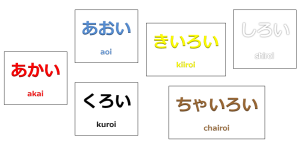
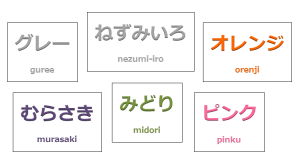

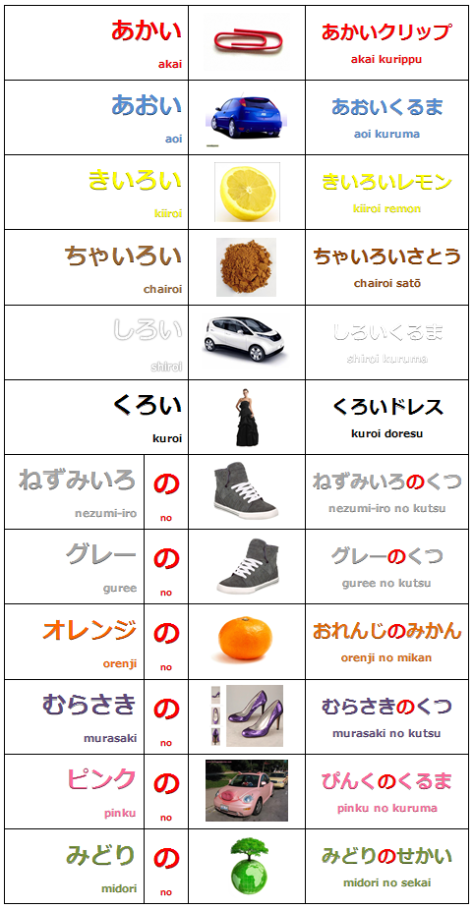
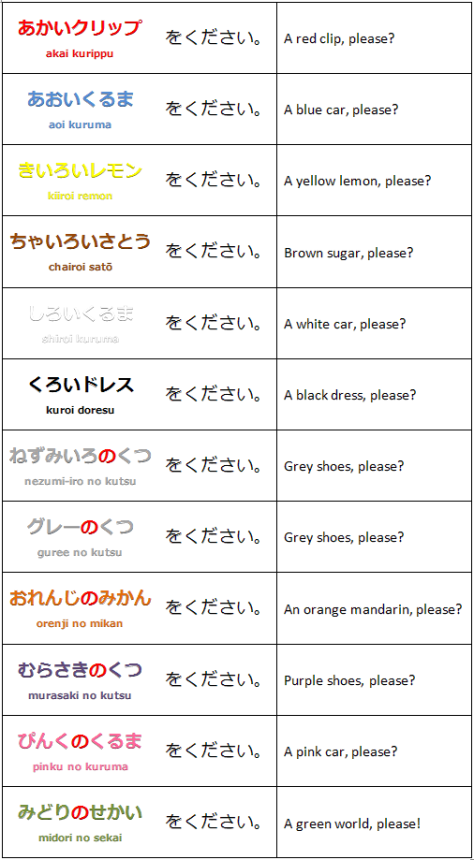






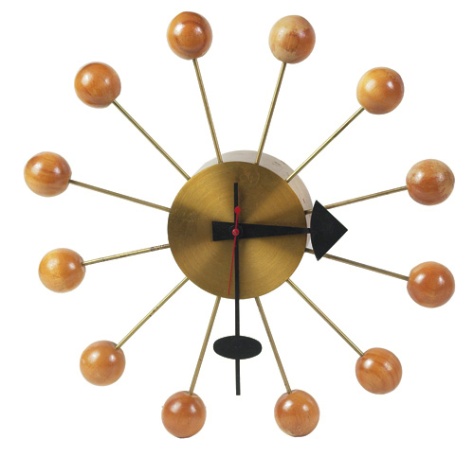











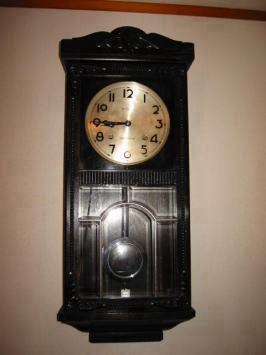
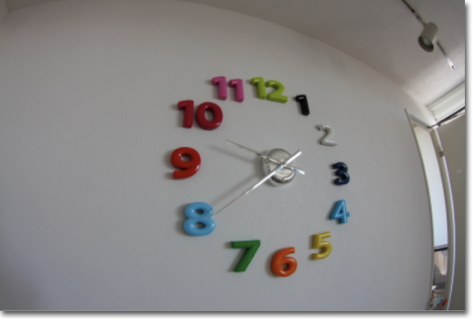

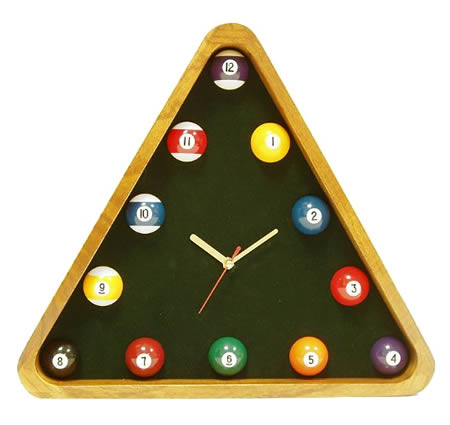


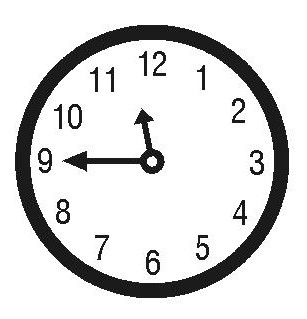





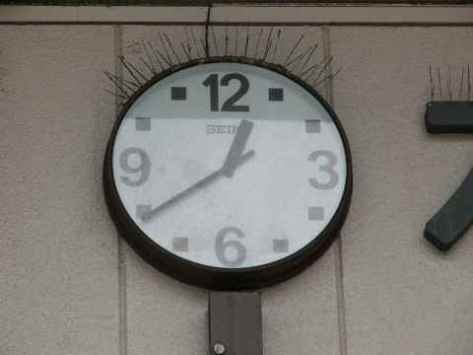




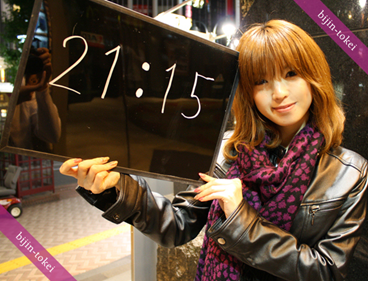
You must be logged in to post a comment.